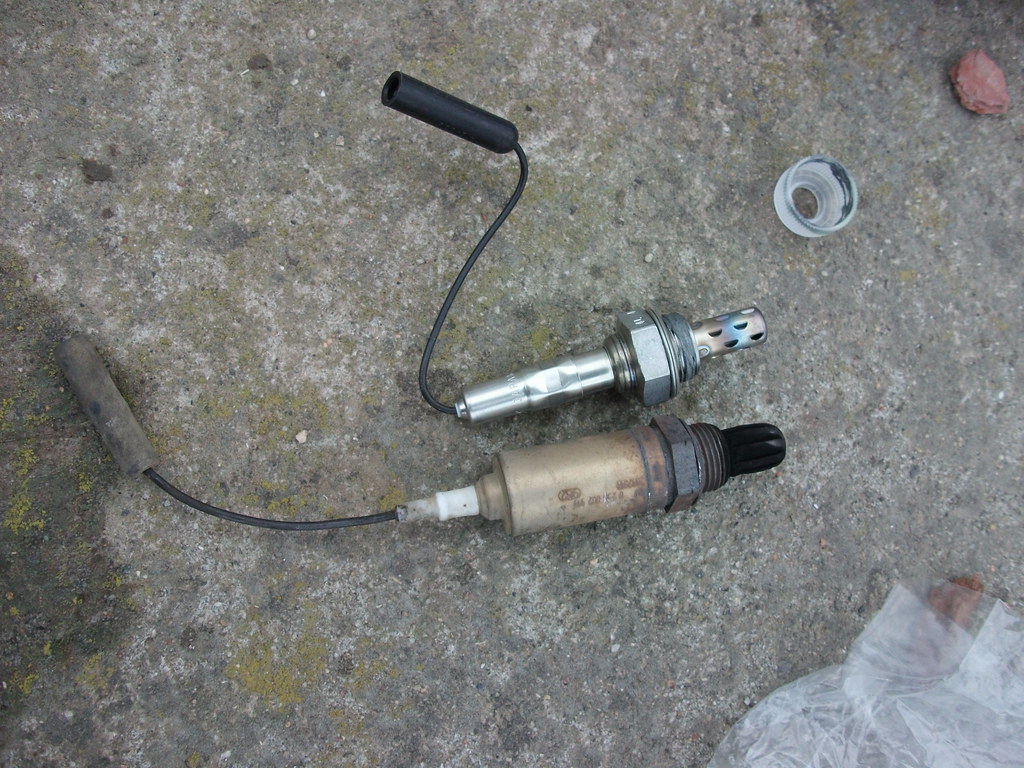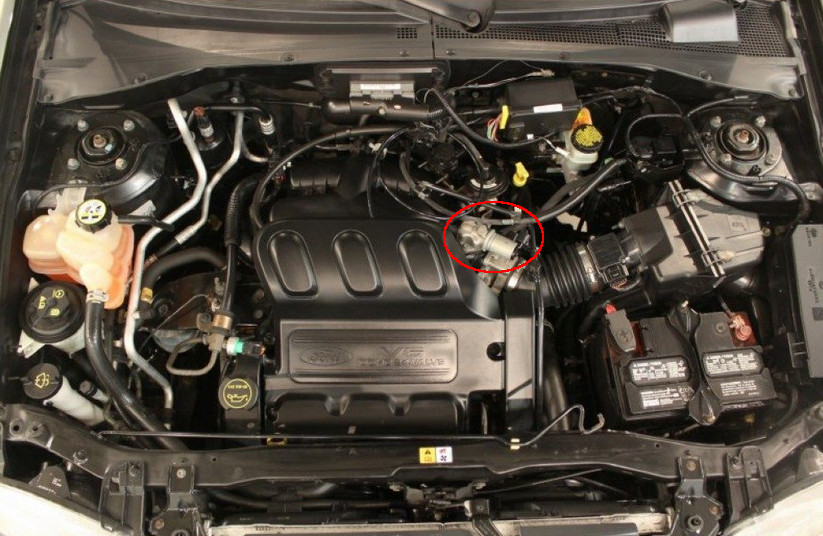Contents:
– What is the purpose of a lambda sensor?
– Lambda sensor: how it works
– Defective lamba sensor
– Price of a lambda sensor
The lambda sensor is also called an oxygen sensor. The first lambda sensors dated back to the 1970s and were adopted on private petrol vehicles to meet air pollutants’ emission standards.
What is the purpose of a lambda sensor, and how does it work? Get all the answers in this post now.
What is the purpose of a lambda sensor?
A lambda sensor consists of a ceramic body made of zirconium dioxide or titanium. The operating temperature range is between 300 and 600 degrees.
Good to know: There are heated lambda sensors that allow them to reach an operating temperature more quickly.
The lambda sensor is installed in front of the catalytic converter. There may be a second one after the catalytic converter or even a third one at the front on the latest generations of vehicles. These allow a more accurate measurement of the lambda value.
This sensor continuously measures the amount of oxygen in the exhaust gas:
– The symbol for the lambda value is the Greek letter λ. It gives an air lambda coefficient equal to 1 when the air/petrol ratio is optimum, i.e. dosage of 14.7 grams of air for 1 gram of petrol.
– On a vehicle, the lambda value (λ ) must be between 0.97 and 1.03. This is the value found on the report of the technical control. Beyond these values, the pollution rate is incorrect.
Lambda sensor: how it works
Once the engine is warm, the lambda sensor(s) measures the quantity of oxygen in the exhaust gases. The oxygen content difference between the exhaust gases and the outside air generates an electrical voltage at the sensor terminals of between 0.1 volts (mixture too lean) and 0.9 volts (blend too rich).
These sensors have the particularity of reacting to all compositions of the carburetted mixture:
Any change in the composition of the exhaust gases causes a variation in voltage at the lambda sensor terminals.
– It sends this information to the engine control unit, which corrects the quantity of fuel injected to maintain a constant air-fuel mixture, corresponding to the optimum lambda value.
– The regulation of this richness makes it possible to maintain the composition of the exhaust gases, which leads to a treatment of the various pollutants (Hc, Nox, Co) by the catalytic exhaust system.
Defective lamba sensor

Common failures of a lambda sensor
The lambda sensor has a service life of approximately 150,000 km. However, various mechanical problems, such as too much fuel or too much oil during combustion, can affect its service life.
As it ages, the lambda sensor may deliver a too weak signal or too slow to the ECU. The latter then goes into degraded mode. This operating mode tends to enrich the fuel mixture, clogging the catalytic converter.
How to recognize a faulty lambda sensor?
A faulty lambda sensor can be seen as follows:
– the engine management light is on;
– an increase in fuel consumption of 10% or more is noted as well as an increase in pollutants;
– the idle speed is unstable;
– a loss of vehicle performance is felt;
– the vehicle is rejected at the technical inspection.
Price of a lambda sensor
The price of a lambda sensor varies between $100 and $200, depending on the vehicle.
The replacement time is about 1 to 2 hours, depending on the vehicle model and the difficulty for disassembly and reassembly.
Besides, programming of the ECU may be necessary on some vehicles.



One thought on “What Is the Purpose of a Lambda Sensor?”